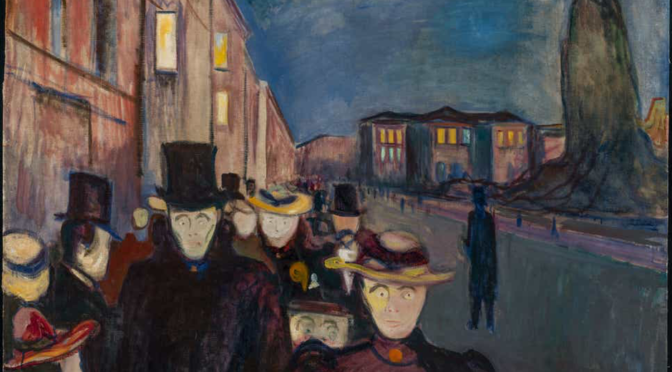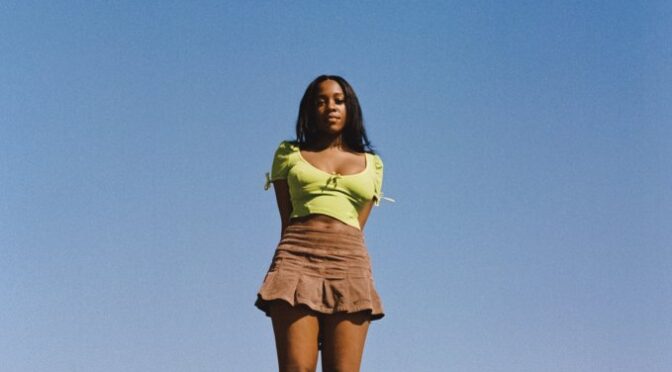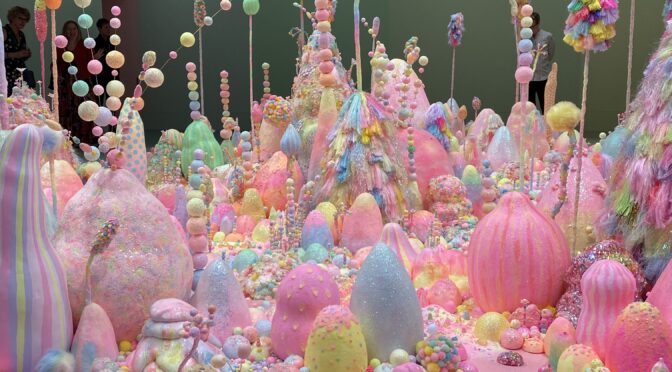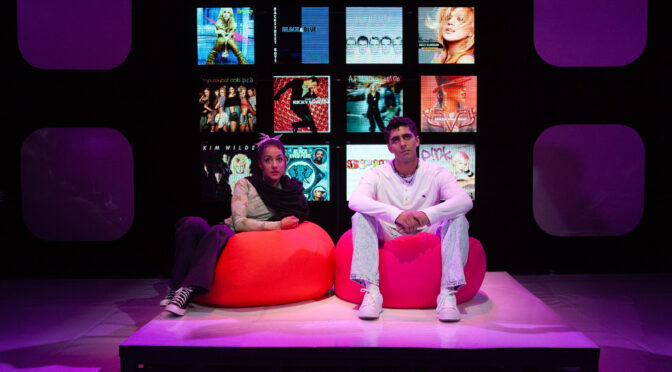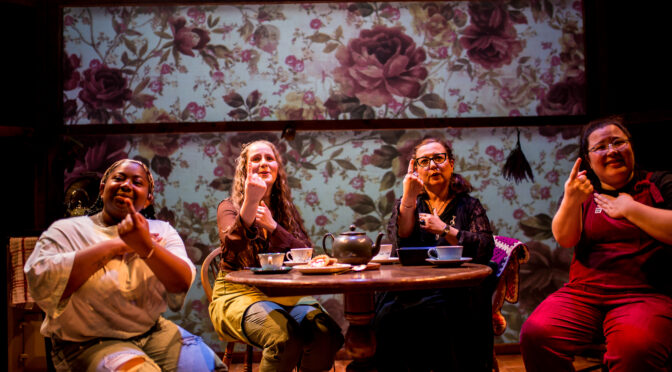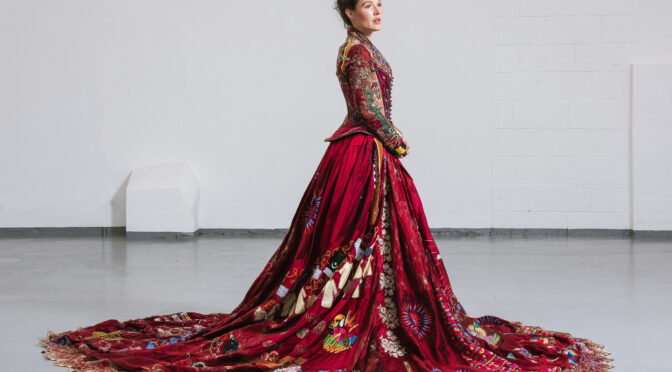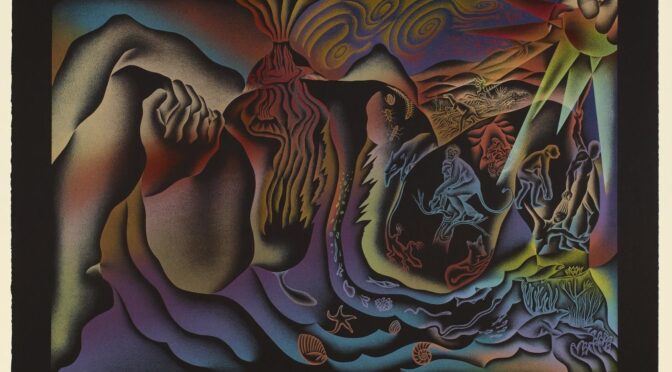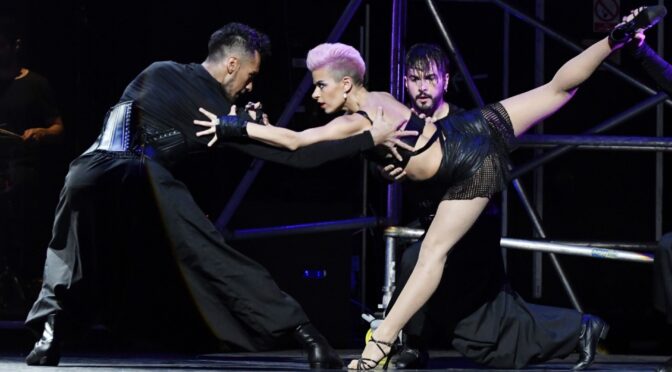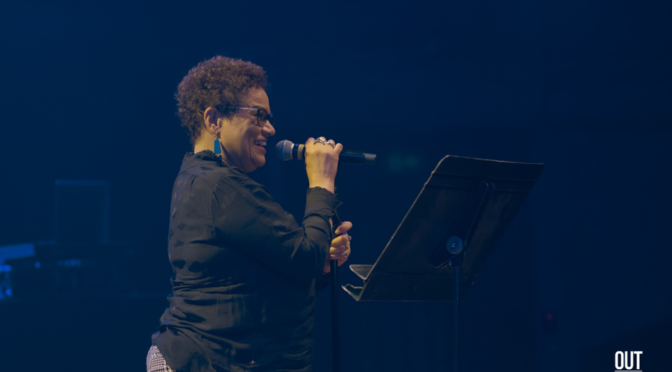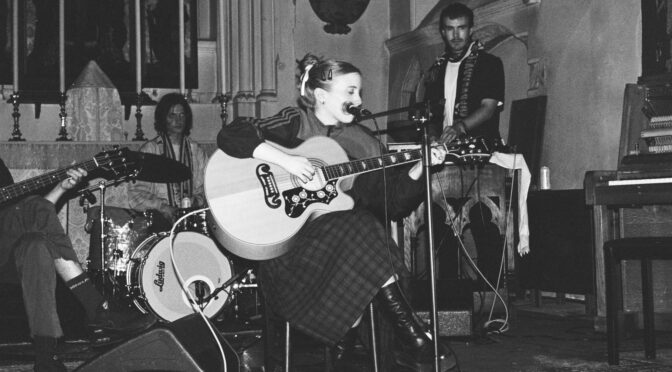Loneliness, grief, horror, death, alienation: name any of the darkest and most intimate feelings ever felt to man, and Edvard Munch will probably have painted them at some point. Through a few vivid brushstrokes, intense colours and eery shapes, the Norwegian artist communicates something uneasy and profound, a representation of life at its uttermost horrorful and nostalgic. And yet, despite being best known for his “The Scream”, one of the most humane and yet monstrous paintings in the history of modern art, there is more to the artist than pure tormented angst. The new exposition “Masterpieces from Bergen” at The Courtauld explores his artistic evolution: from his more peaceful and luminous early works to his more tormented breakthrough years, to the newfound colourfulness of his later period. Thanks to a collaboration with the KODE art museum in Bergen (Norway), the Courtauld’s collection showcases 18 works of the artist from the collection of Rasmus Meyer, a Norwegian art collector, philanthropist and personal friend of Munch. The display’s features pan over several decades and paint a complete picture of the psychological and artistic journey of the emblematic artist.
The luminous sunbeams reflecting on white dresses, the gracious feminine figures and the glittering shores of Munch’s early paintings are very distinctive from the rest of his later paintings. The artist was still finding his voice, and the strong influence of impressionism, social realism and naturalism are still quite visible in his canvases. And yet, you can already catch a glimpse of Munch’s characteristic style through the swirly and strong brushstrokes of the waves and the overall contemplative and nostalgic nature of his subjects. When the artist later drops this more conventional type of painting, his signature style will only increase in singularity and bizarreness: candid young women become naked and sexual vixens; the timid ripples of water become tornadoes of colour and movement; and faces contort into skull-like expressions. Most of these paintings are part of Munch’s “Frieze of Life”, a collection of artworks that represent his gritty and gelid vision of existence. Only later in life will his canvases find a brighter palette and a less anxious brushstroke.
Another central figure of the exposition, Rasmus Meyer was an art collector who donated his entire collection to the public at his death. His carefully chosen selections created a true documentation of Norwegian art, thus consolidating the artistic culture of a young nation that was still building its cultural identity. Similarly, his Munch collection tells a lot about the painter’s own story, in what is a thematically biographical and yet extremely universal set of paintings. One thing is for sure: the skull-like expressions and hollow eyes of the paintings will follow you long after you leave the gallery.
Get your tickets to this unprecedented event in the UK at https://courtauld.ac.uk/whats-on/edvard-munch-masterpieces-from-bergen/
Reviewed by Céline Galletti – Celine is a volunteer writer for Abundant Art. Originally from France and Italy, she follows her passion for writing and art by studying Comparative Literature at UCL, London. As an international student living in London, she is determined to fully experience and understand the city’s vibrant arts scene, and be a part of its creative storm.

